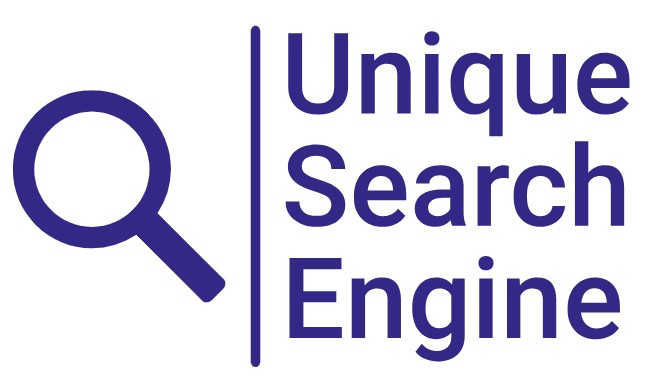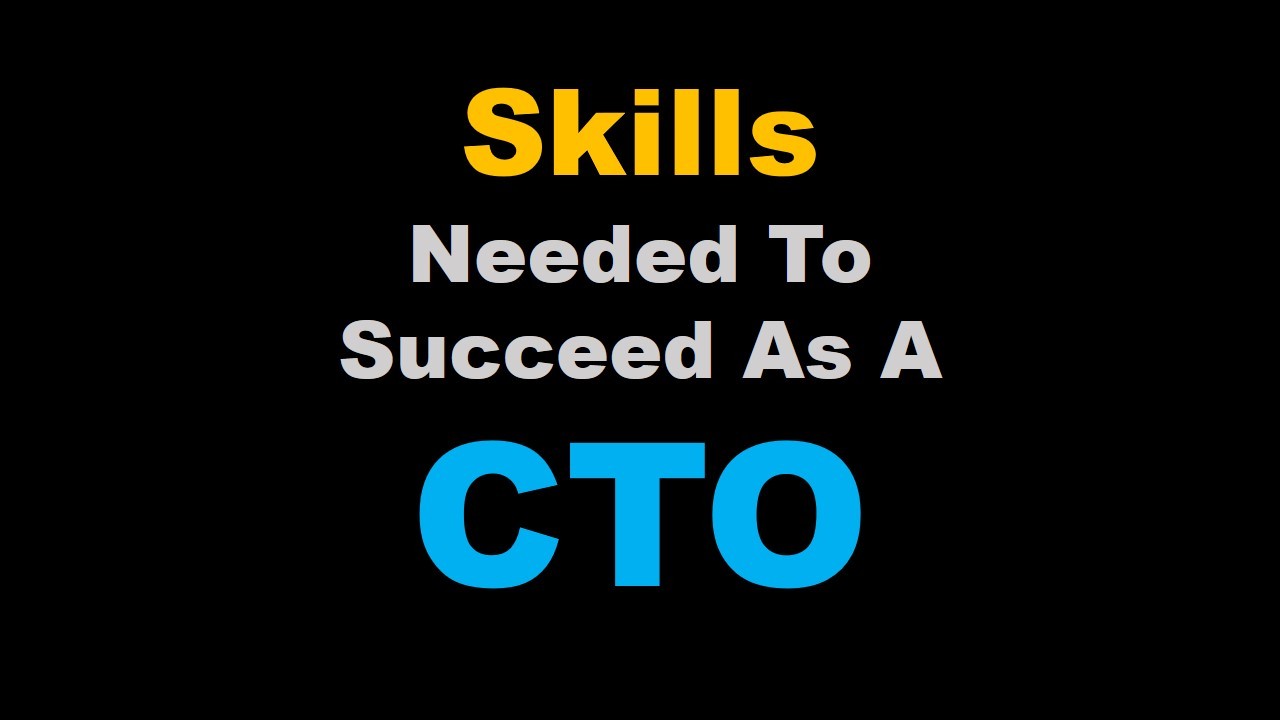In the ever-evolving landscape of the corporate world, technological advancements have become the cornerstone of success for organizations across industries. In this digital era, having a visionary leader at the helm of technology is paramount, and that’s where the Chief Technology Officer (CTO) steps in. Let’s delve into the pivotal role of a CTO, exploring the average annual package, required qualifications, skills, and certifications that pave the way for this coveted position.
The CTO: A Strategic Navigator

Defining the Role
The Chief Technology Officer serves as the strategic architect, steering the ship of technology in an organization. They are not just technologists; they are visionaries who align technology with business goals, drive innovation, and ensure a competitive edge in the market.
Average Annual Package
The CTO role comes with significant responsibilities, and organizations recognize the value they bring. The average annual package for a CTO varies widely depending on factors such as industry, company size, and geographical location. On average, a CTO’s annual salary can range from $150,000 to $250,000, with additional perks, bonuses, and stock options.
The Journey to the Top

Qualifications
To reach the pinnacle of the technology hierarchy, aspiring CTOs typically hold a bachelor’s or master’s degree in computer science, information technology, or a related field. Advanced degrees, such as an MBA, can be an added advantage, showcasing a well-rounded skill set that combines technical prowess with business acumen.
Skills
- Technical Proficiency: A deep understanding of current and emerging technologies is crucial. CTOs should be well-versed in programming languages, cloud computing, cybersecurity, and other relevant areas.
- Leadership Abilities: CTOs must be effective leaders who can inspire and guide their teams. Strong communication, decision-making, and interpersonal skills are paramount.
- Strategic Vision: The ability to align technology initiatives with business goals is a hallmark of a successful CTO. They must be forward-thinking and capable of anticipating industry trends.
- Problem-Solving Aptitude: In a rapidly changing tech landscape, CTOs need to be adept problem solvers. Whether it’s addressing technical challenges or finding innovative solutions, a CTO must thrive under pressure.
Certifications
While not mandatory, certifications can significantly boost a CTO’s credentials. There are various types of CTO certifications which are can be beneficial for the candidates as they can help you to hone your skills and demonstrate the work in the right direction.
- Certified Scrum Master (CSM)
- Project Management Professional (PMP)
- Program Management Professional (PgMP)
- Certified Information Security Manager (CISM)
- Certified in the Governance of Enterprise IT (CGEIT)
- Certified Associate in Project Management (CAPM)
- Certified Information Systems Security Professional (CISSP)
These certifications showcase a commitment to continuous learning and staying abreast of industry best practices.
Scaling the Summit: Elevating to CTO
Continuous Learning

The technology landscape is dynamic, and CTOs must be lifelong learners. Engaging in workshops, attending conferences, and pursuing additional certifications keep CTOs at the forefront of technological innovation.
Networking

Building a robust professional network is invaluable. CTOs should actively engage with industry peers, attend networking events, and participate in online forums to stay connected with the latest trends and opportunities.
Thought Leadership

Establishing oneself as a thought leader in the industry can elevate a CTO’s profile. Writing articles, speaking at conferences, and contributing to open-source projects not only showcase expertise but also position the CTO as a driving force in the tech community.
In conclusion, the Chief Technology Officer is not just a title; it’s a critical role that shapes the technological destiny of an organization. Aspiring CTOs should embark on a journey of continuous learning, leadership development, and strategic thinking to scale the summit of the technology hierarchy. The path may be challenging, but the rewards, both professionally and financially, make the ascent worthwhile.
FAQs

Q1. What distinguishes a Chief Technology Officer (CTO) from other technology roles in an organization?
While other technology roles may focus on specific aspects like development or cybersecurity, a CTO is a strategic leader responsible for aligning technology initiatives with overall business objectives. They bridge the gap between technology and business, driving innovation and ensuring a competitive edge.
Q2. What is the significance of a CTO in today’s rapidly evolving technological landscape?
The CTO plays a pivotal role in navigating the organization through technological advancements. In an era of constant change, having a CTO ensures that the company remains adaptable and can leverage emerging technologies to stay ahead in the market.
Q3. What qualifications are typically required to become a Chief Technology Officer?
Most CTOs hold a bachelor’s or master’s degree in computer science, information technology, or a related field. Advanced degrees such as an MBA can be beneficial, showcasing a combination of technical expertise and business acumen.
Q4. Can you provide examples of certifications that can enhance a CTO’s credentials?
Certifications like Project Management Professional (PMP), Certified Information Systems Security Professional (CISSP), and AWS Certified Solutions Architect are highly regarded in the industry. While not mandatory, these certifications demonstrate a commitment to continuous learning and industry best practices.
Q5. What skills are essential for a successful CTO?
Successful CTOs possess a combination of technical proficiency, leadership abilities, strategic vision, and problem-solving aptitude. Effective communication, decision-making, and interpersonal skills are also crucial for leading and inspiring teams.
Q6. How can aspiring technology leaders prepare for the role of a CTO?
Aspiring CTOs should focus on continuous learning, engage in networking opportunities, and actively contribute to the tech community. Pursuing additional certifications, attending conferences, and establishing thought leadership through writing and speaking engagements can also help in preparing for the role.
Q7. What is the average annual package for a Chief Technology Officer?
The average annual package for a CTO varies based on factors such as industry, company size, and geographical location. On average, CTOs can expect a salary ranging from $150,000 to $250,000, along with additional perks, bonuses, and stock options.
Q8. How can a CTO stay relevant in the dynamic technology landscape?
To stay relevant, a CTO should engage in continuous learning, attend workshops and conferences, and actively participate in professional networks. Embracing thought leadership by contributing to industry discussions and remaining adaptable to emerging trends is also essential.
Q9. Is thought leadership important for a CTO, and how can it be cultivated?
Thought leadership is crucial for a CTO as it establishes them as an industry influencer. It can be cultivated by writing articles, speaking at conferences, and actively participating in open-source projects. Thought leadership not only showcases expertise but also contributes to the tech community.
Q10. How does a CTO contribute to an organization’s innovation and competitive advantage?
A CTO fosters innovation by identifying and implementing cutting-edge technologies that align with the company’s goals. By staying ahead of industry trends and leveraging technology strategically, a CTO ensures that the organization maintains a competitive advantage in the market.

